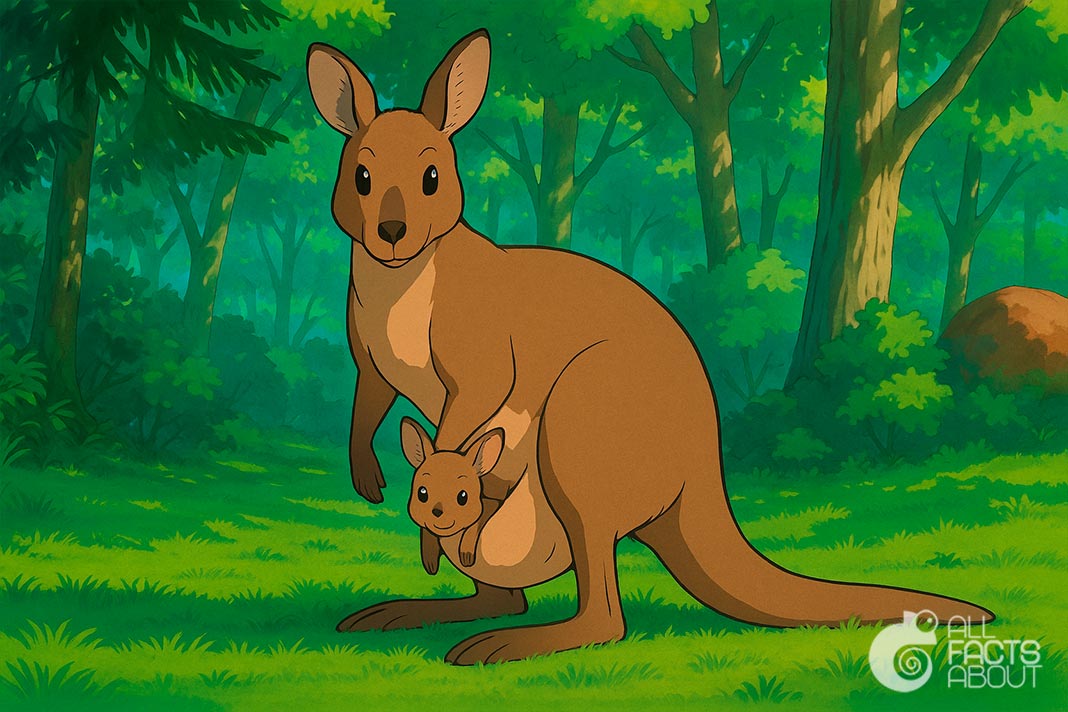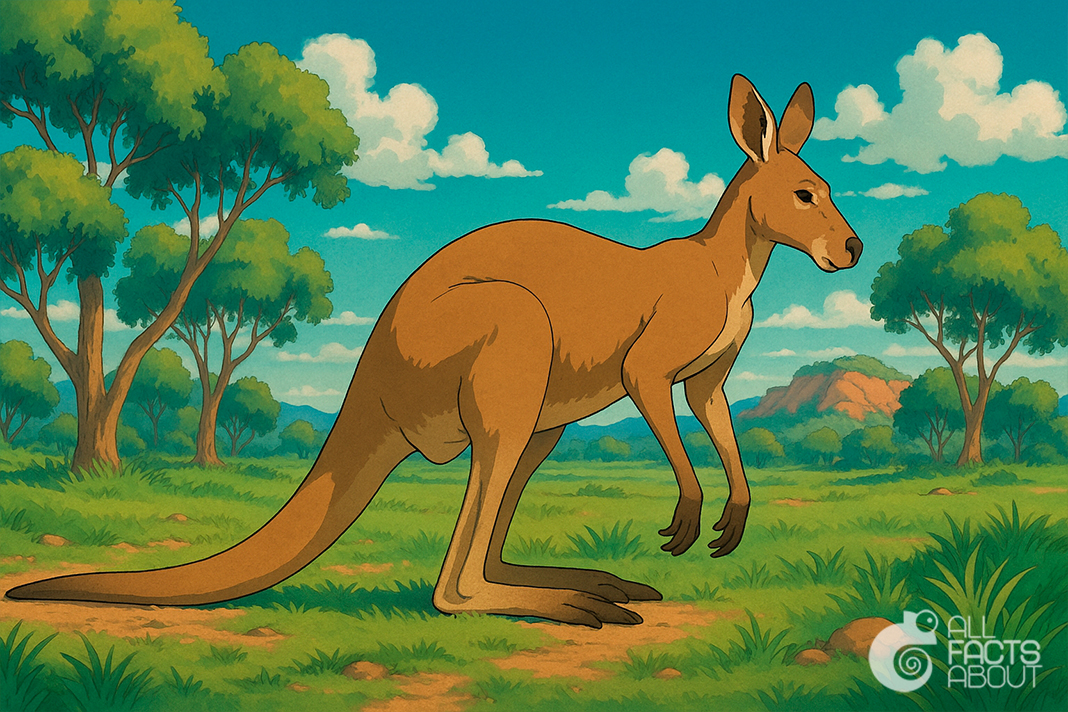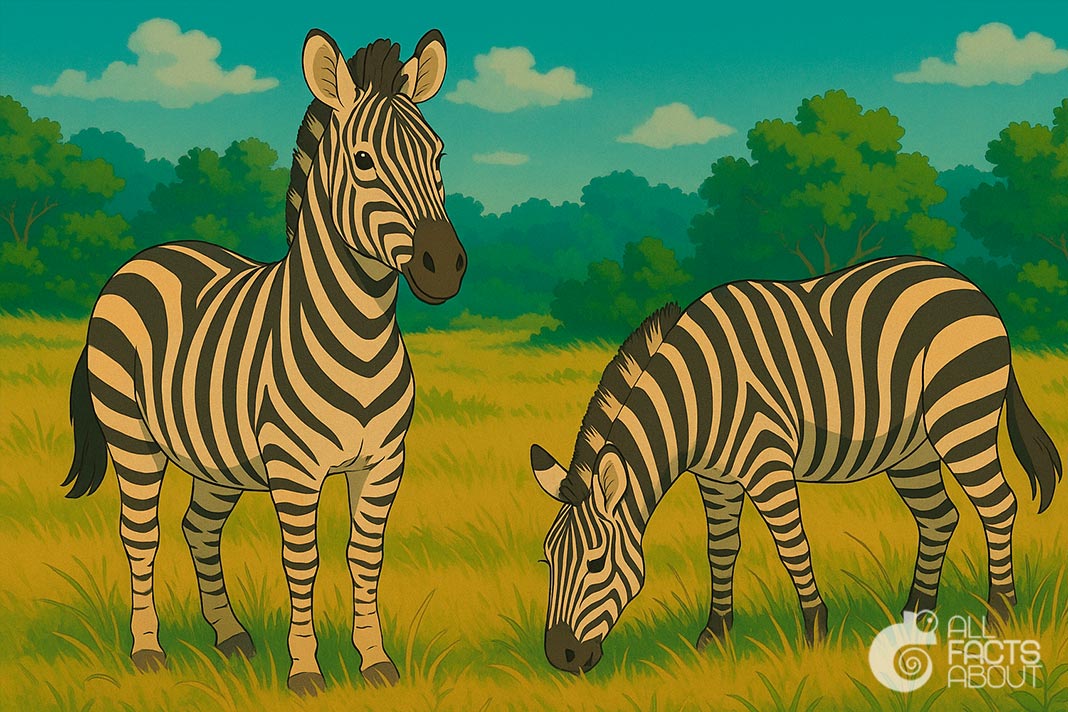Kangaroos are some of the most iconic and extraordinary animals found in the wild. Instantly recognizable for their powerful hind legs and signature hop, these marsupials continue to amaze scientists and animal lovers alike with their unique adaptations and behaviors.
1. “Kangaroo” is a word from the Guugu Yimithirr language, used by Aboriginal Australians to name the animal. While a common myth claims it meant “I don’t know” in response to European explorers, this story has been thoroughly debunked by linguists.
2. Adult kangaroos can leap up to 9 meters (about 30 feet) in a single bound and reach speeds of over 60 kilometers per hour when sprinting. Their tail also helps with balance while jumping.
3. A kangaroo’s powerful hind legs are built for jumping and always move together. Because of this, kangaroos can’t move their legs one at a time and are unable to walk backward like many other animals.
4. Kangaroos are marsupials, which means females carry and nurse their young in a pouch. Baby kangaroos, called joeys, are born incredibly small and crawl into the pouch immediately after birth to continue developing.
5. Kangaroo joeys stay in their mother's pouch for around 6 to 10 months. Even after they start venturing out, they often return to the pouch for comfort, protection, or feeding until they're about a year old.

A mother kangaroo carries her joey in her pouch for up to 10 months.
7. Kangaroos can survive for long periods without drinking water, getting most of the moisture they need from the plants they eat. They are mostly nocturnal or crepuscular, especially during droughts, and spend the daytime resting in the shade to conserve energy and water.
8. When threatened, kangaroos can deliver powerful kicks with their hind legs. They balance on their tails and lash out with sharp claws that can cause serious injury to predators—or rivals during mating season.
9. Kangaroos don’t sweat efficiently and rely on alternative cooling methods. To lower their body temperature in hot climates, they lick their forearms, where blood vessels lie close to the surface of the skin. The saliva evaporates from the skin, creating a cooling effect.
10. There are four main species of kangaroos: red, eastern grey, western grey, and antilopine kangaroos. The red kangaroo is the largest, with males reaching over 2 meters in height and weighing up to 90 kilograms.




